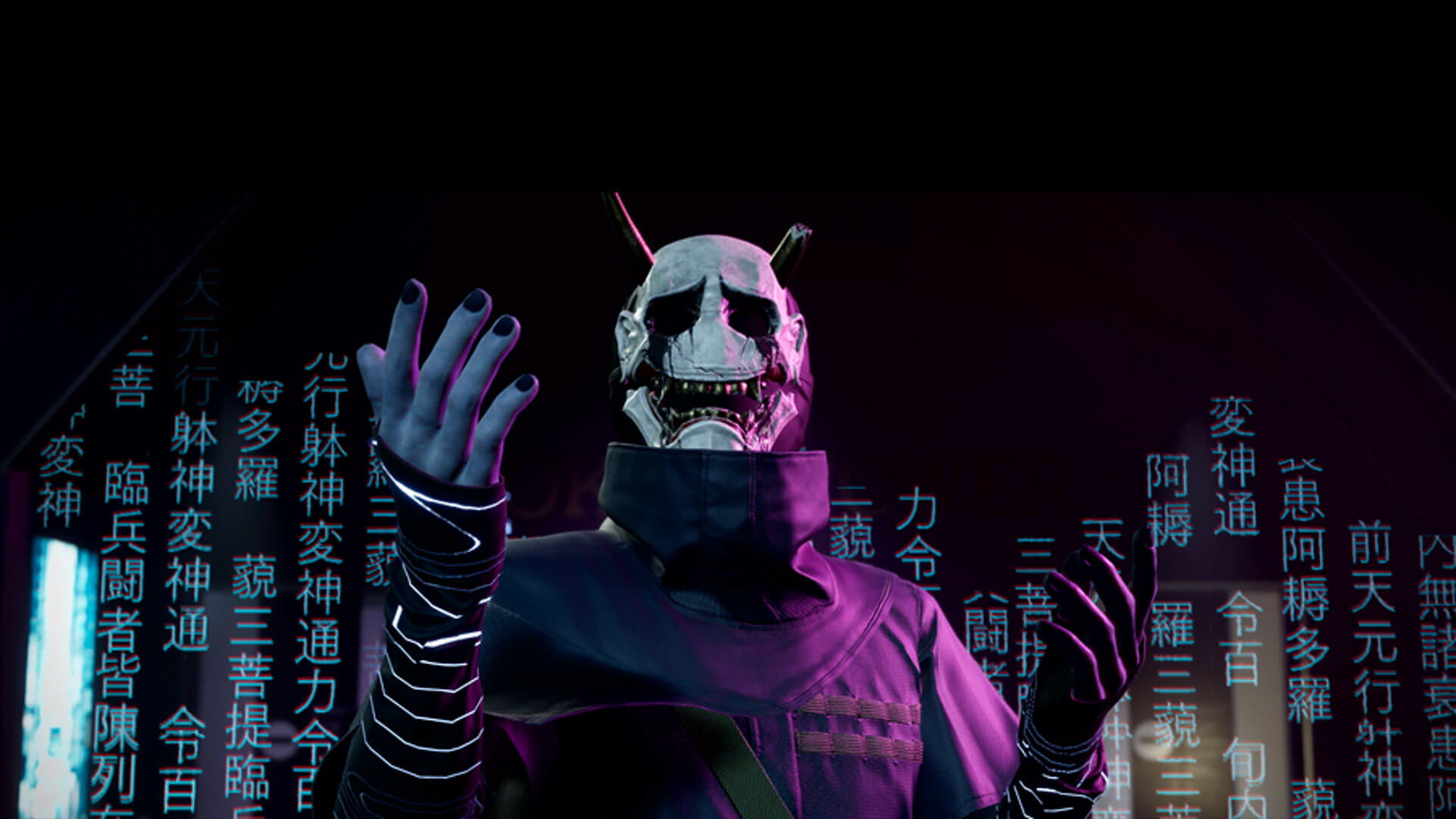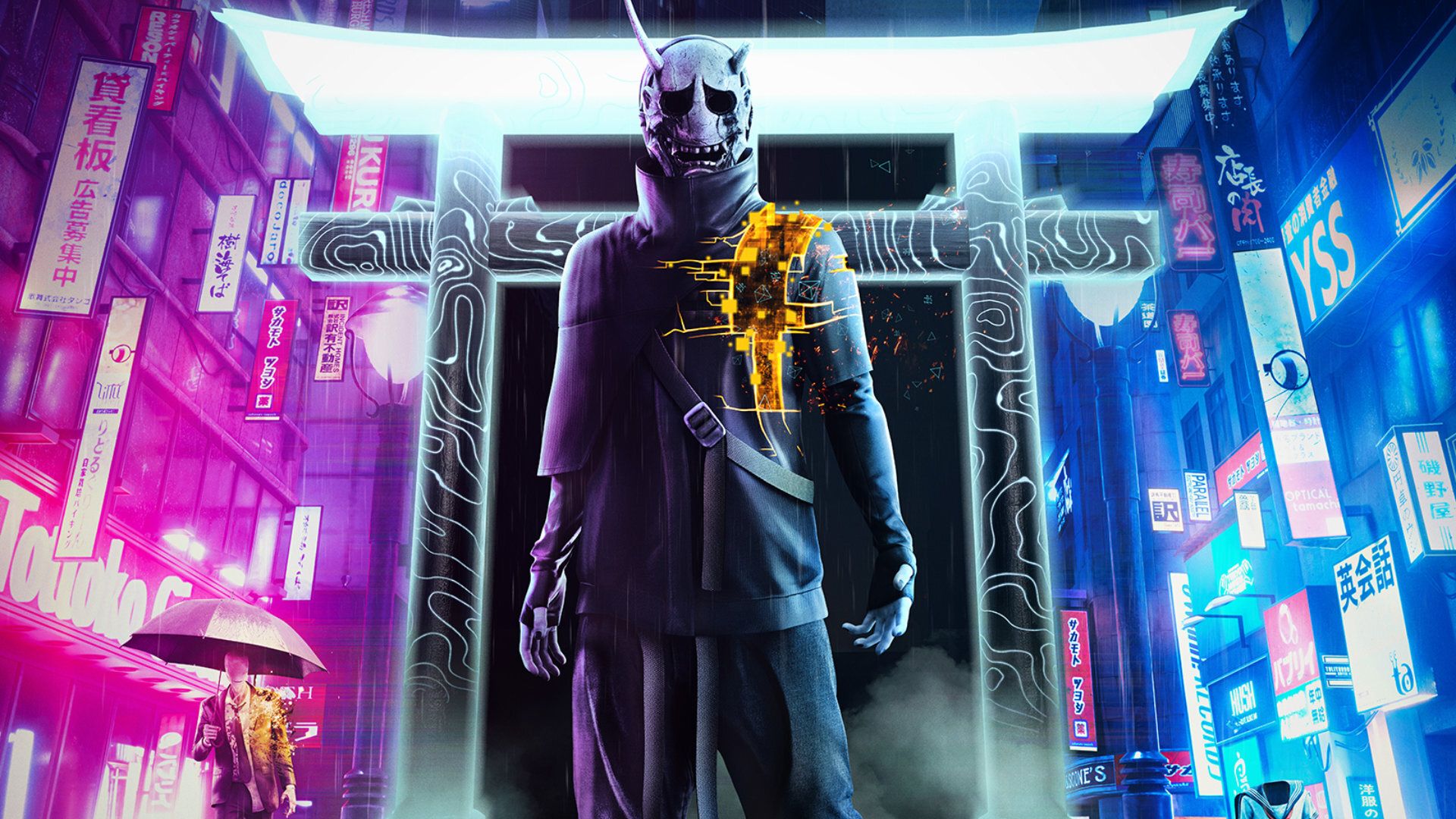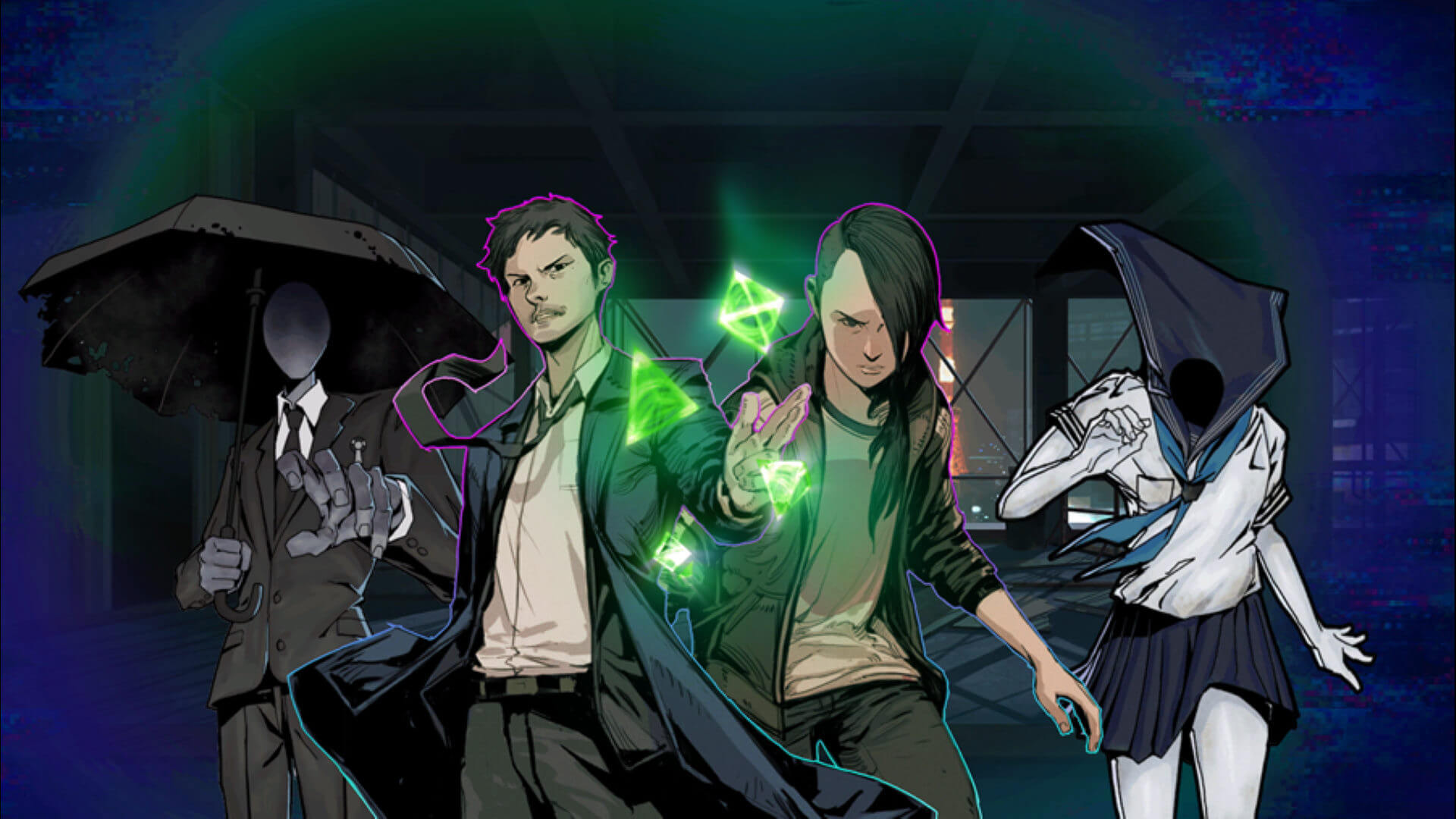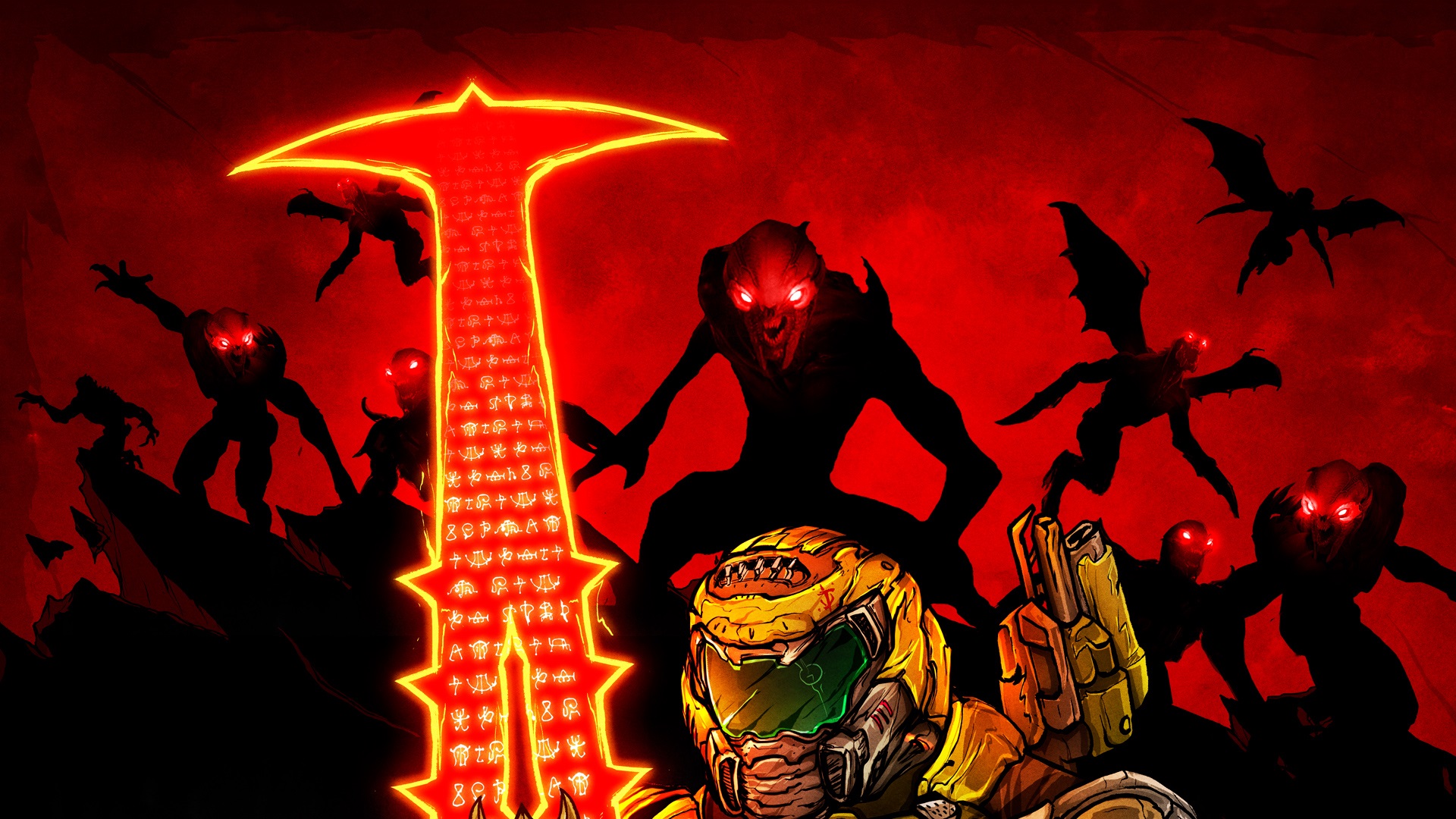
Ghostwire: Tokyo Shows the Importance of Comedy in Horror
I’ve been excited for Ghostwire: Tokyo since it was announced. I was a big fan of both The Evil Within and its (noticeably better, to be honest) sequel, and I wanted to see more from the developers. While, thematically, Ghostwire: Tokyo is a departure from The Evil Within, I’m finding the games pretty similar and with enough good to keep me around. This article, however, is not about that. That’s going to be the review.
This article is about how Ghostwire: Tokyo is actually hilarious.
Let me start off with the premise really quickly. The game opens up with a mysterious fog rolling over Tokyo, turning all the citizens into piles of clothes. You play as Akito, a man who just got into a car crash and is about to be snapped into the fog. Lucky for him, a spirit named KK chooses that moment to possess Akito’s body, making him immune to the fog and giving him access to spiritual powers. Now, by making Kuji-kiri styled hand gestures, he can shoot wind, fire, and water from his fingertips, something that becomes useful when a bunch of monsters begins to roam the streets of Tokyo. Also, he can talk to cats.

This is where things go a little off the rails, in a very fun way. I won’t talk about the overarching plot much here, again that’s for the review, but I think it’s important to note just how fun and wacky things can get. One of Akito’s powers is the ability to read animals’ thoughts. The dogs bounce between overexcited to make a new friend and depressed they can’t find their old friends, with a love of food in between. The cats wax philosophy between being lazy and wondering if the dogs will be okay. The tanuki just wants to brawl in the trash and reassemble their gang, which you need to do by finding which objects they turned into.
But it’s not just animals you’re talking to. While humanity seems to have been wiped out, there are spirits left behind. These spirits had major regrets, something they’re hanging onto that is refusing to let them pass. Some of these are serious, love interests they want to see once more or missing friends they never found the fate of. One man is upset when a cherry blossom turns red, worried there is blood in the soil. Another is desperately searching for answers on why his business failed shortly before the dramatic intro. There’s a good variety of fun, serious, quests here.
Then there’s one dude who’s been waiting for the public restroom to be free until he died. He really needs to use the bathroom, but there’s someone else trapped in the stall. They’re out of toilet paper, and they need you to hunt for more. It’s very silly, but more importantly, it sends you to various bathrooms. You get to the bathroom on your goofy quest for toilet paper. You then realize a woman with giant scissors who can cut you in twain with a single snip may be behind any stall. Suddenly, it’s not so funny.

You’d think one would take away from the other, but Ghostwire: Tokyo manages to blend the two with ease. The comedic scenarios lead to horror ones, and the horror ones lead to comedic situations. It’s absurdly smart, keeping you on your toes at all times. Will this side quest end with a weird gag about a child whose umbrella turned into a Yokai that is hopping around a park? Or will you find yourself exploring a bathhouse that’s actually possessed by the spirit of some guy who drowned there? Or, even better, will it be both?
My favorite side quest that I’ve encountered so far combines the two. The quest starts with a guy who can’t move on because a local piano school’s music has suddenly turned bad, and he was hoping to hear one more calming melody. When you get there you find a second spirit, a child who can’t move on because she can’t seem to play Moonlight Sonata correctly. Investigating the house reveals they recently bought a painting of a master musician who faded into obscurity after his star pupil stole his spotlight. Turns out that’s the cause of all this.
You see, the specter of said musician is haunting the painting, and you need to question it. Asking your questions, however, gets a rather hilarious response. The painting responds with goofy winks and smirks, not vocalizing but being about as expressive as that one classic painting of artist Joseph Ducreux that became a meme because of how silly it is. It’s very funny. Then you mention that the kid is better than he is.

Suddenly the painting comes to life, the man leaping out of the frame and grabbing Akito by the throat, trying to strangle him. All humor fades from the mission as you’re suddenly in a fight against this specter, something kicked off by a genuinely well-done jump scare. In the end, Akito removes the specter, letting the kid once again play Moonlight Sonata and putting both spirits to rest. It’s not a long quest, but it blends both horror and comedy so well that I’m shocked more games can’t manage the same.
It’s here where Ghostwire: Tokyo succeeds, showing that horror and comedy enhance each other. They’re natural partners, and more games could use to combine the two. It worked in cinema, you need to look no further than horror-comedy hits like the entire Scream series, or Cabin in the Woods. My hope is that even more games see how well this combo works and looks to implement it in the future.
Make sure you keep an eye on DreadXP, as we’ll be doing more Ghostwire: Tokyo in the future.




